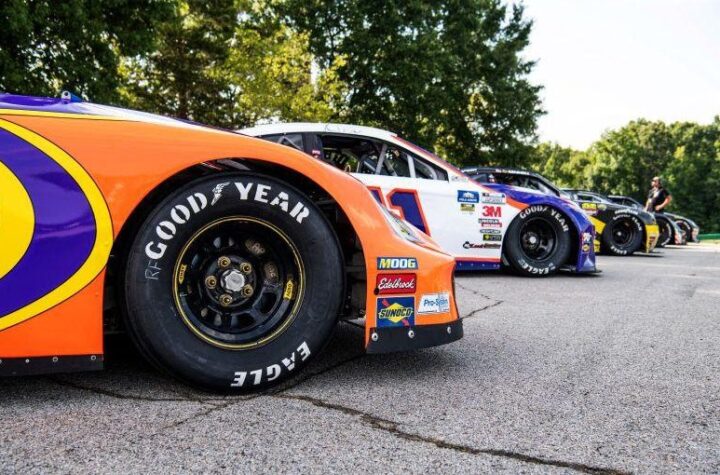
The KG-1 will be unveiled at the AutoRAI 2009 in Amsterdam. As with their other designs, Steven Kessels and James Granger from the Eindhoven-based design studio KesselsGranger DesignWorks have designed the KG-1 through inspiration of natural forms and materials. In this case the human body, with all its functions and anatomy, is emphasised in the design. However it is combined with the latest technical possibilities. The result is a futuristic concept of a sports car, which has a surprisingly natural and lightweight appearance. Both car and human anatomy appear to be contained in one volume.
Kessels: “We looked at how people often sit in cars. The driver sits upright, active. The passenger is passive, but sits in the same position. This is actually not that natural. Therefore we have created an asymmetric construction, whereby the passenger takes on a more laid-back position. The passenger’s position, stretched out, is visible in the form of the car. As a result the roofline has variations in height. On the driver’s side the roof is higher than on the passenger side.”
The exterior of the car, which uses a kind of high-tech textile pulled over the body frame, has human characteristics. KesselsGranger are working on what they call the ‘skin’ of the car. Through weaving the textile in a various manner and through applying electrodes, the car of the future suddenly contains a number of new possibilities. Granger: “The human skin has a function. It protects, repels water. It’s strong, but flexible. We have translated these characteristics into the design.” The KG-1 is therefore also water-resistant, dirt-resistant (rain cleans the car) and biodegradable. This is only the beginning of what Kessels and Granger envision. Solar panels can be integrated in the skin of KG-1, the lights can be woven into the textile and the bodywork can move with the steering movement, just like the skin of the human body follows the movements of the skeleton. There are also possibilities for durability and personalisation. “With aerodynamics you can make the car exceptionally streamlined so that you consume less energy. You can integrate moving images and sound into the texture of the textile. The colour can change in an instance. The car can lighten up in the dark. You name it.”











More Stories
Buying Car Insurance in Toronto? Don’t Make These Rookie Mistakes
Extend Your Range, Maximize Your Storage with FRDM’s 45 Gallon Combo
How to Install a Ford Bumper Yourself (Step-by-Step Guide)